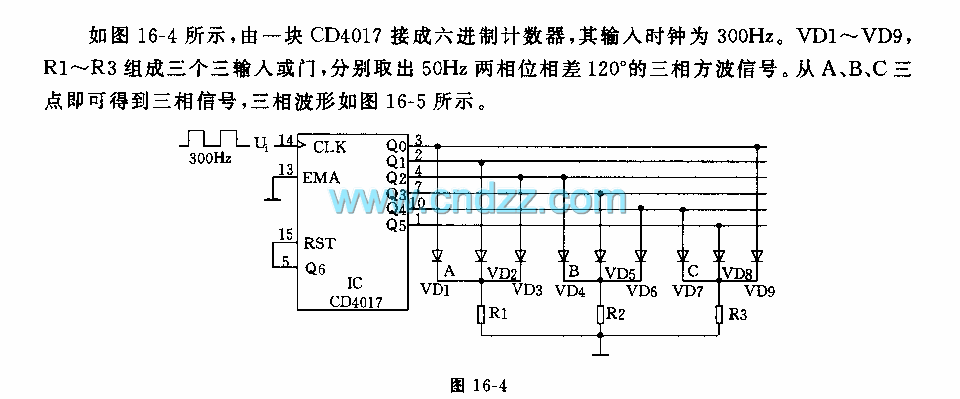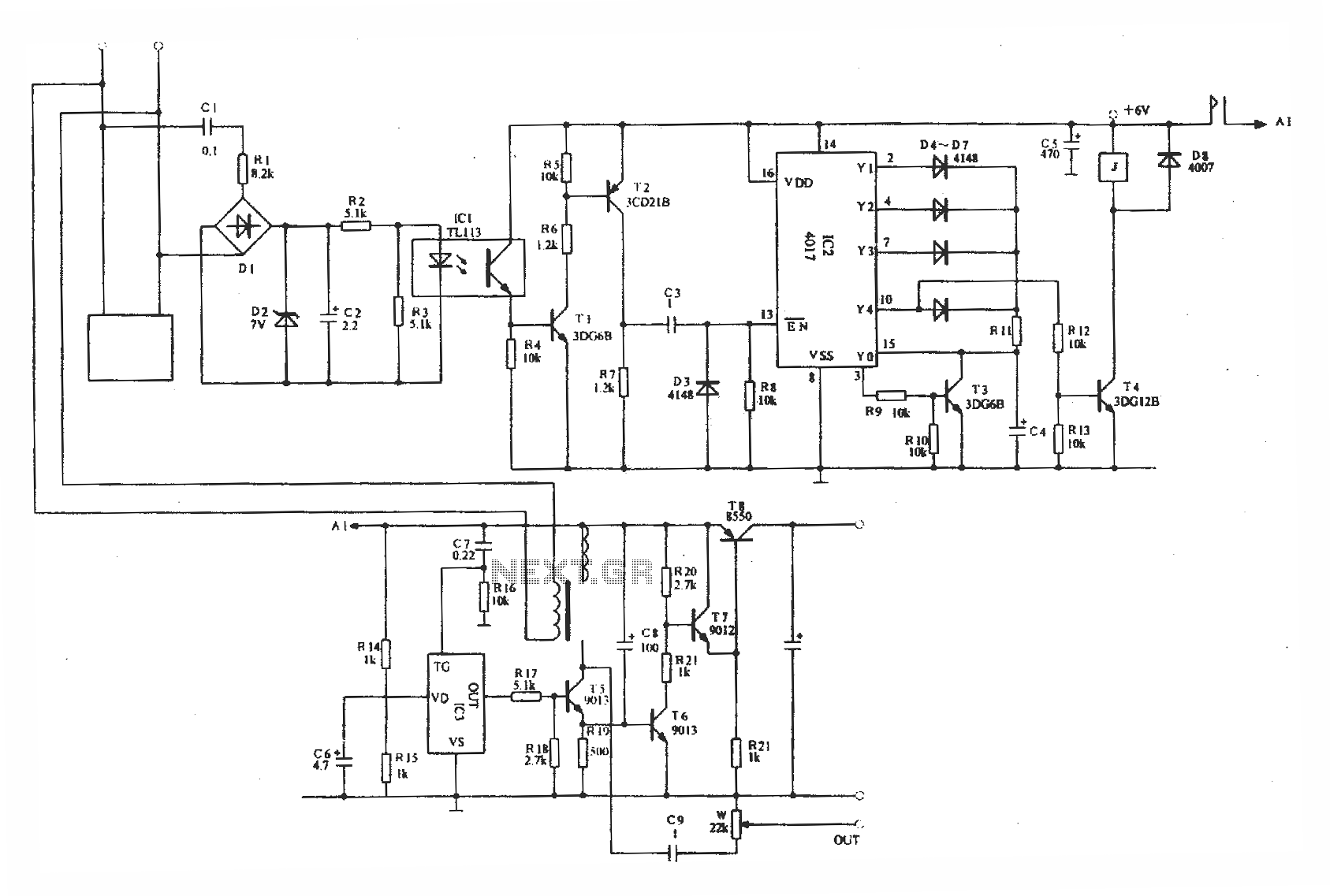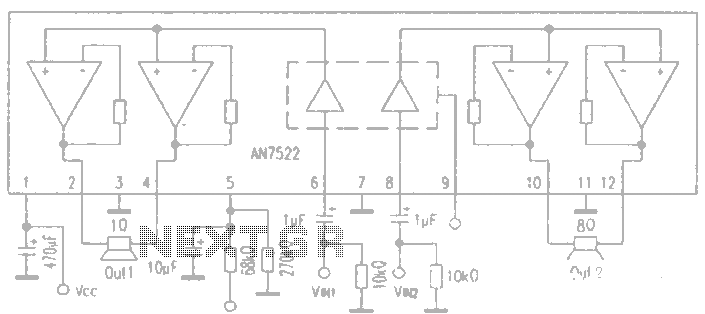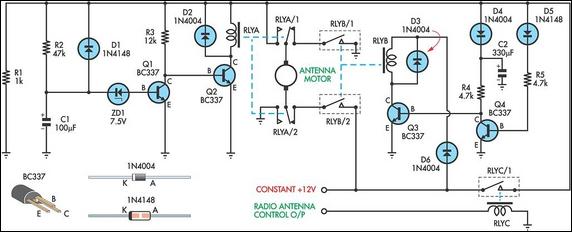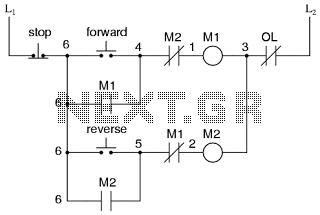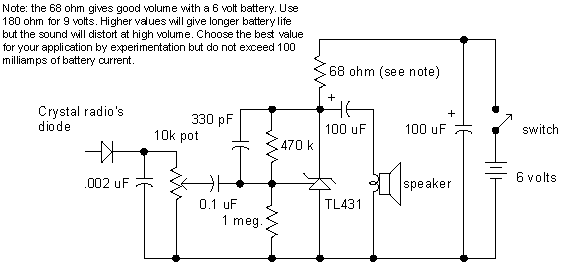
AC power supply circuit
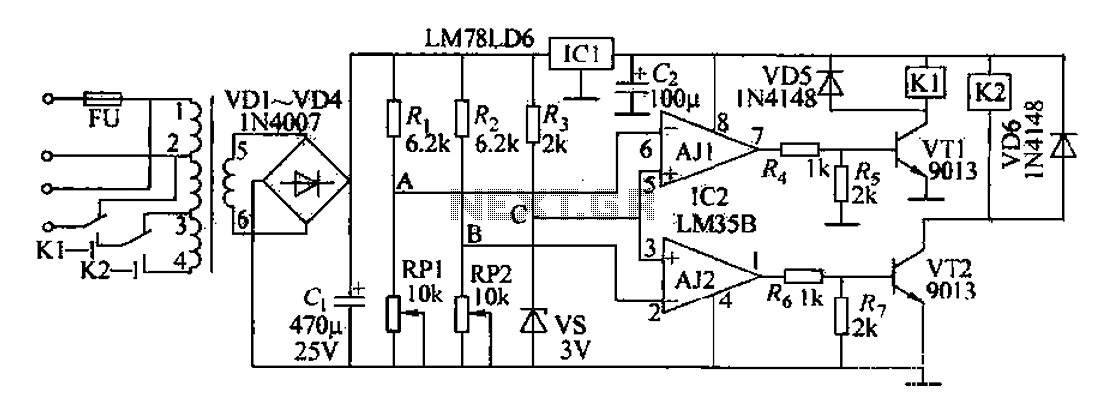
The AC power supply circuit primarily consists of a power supply, a reference voltage, a voltage comparator for sampling, and several other components. It includes a transformer for the input, an autotransformer tap for the control power supply circuit, and sampling taps. The mains voltage remains stable, as the voltage at point C is consistently 3V (i.e., the input to the buck regulator). When the voltage at points A and B exceeds 3V, the outputs of J1 and AJ2 are at a low level. If the mains voltage drops, the voltage at pin A decreases, and when it falls below 3V, the output of AJ1 goes high, causing transistor VT1 to enter saturation and activate relay K1. This adjusts the regulator output to 1.3V. If the mains voltage continues to decrease, the voltage at point B drops below 3V (UA < UB), resulting in a high output from U2, which saturates VT2 and pulls K2, thereby tuning the regulator to maintain the output. Conversely, if the voltage increases, point B will rise, and when it exceeds 3V, AJ2 goes low, turning off K2. As the mains voltage continues to rise, point A will eventually exceed 3V, causing AJ1 to cut off VT1, releasing K1 and adjusting the output accordingly. AJ1 and AJ2 function as operational amplifiers and comparators in this configuration, with IC1 serving as an integrated three-terminal device that provides power to the amplifier and relay. VD5 and VD6 are utilized as protection diodes.
The AC power supply circuit operates by regulating the output voltage in response to fluctuations in the mains voltage. The circuit is designed to maintain a stable output through the use of voltage comparators and operational amplifiers. When the mains voltage is normal, the circuit ensures that the output remains at an optimal level, with point C providing a reference voltage of 3V.
In scenarios where the mains voltage drops, the system reacts by monitoring the voltage levels at points A and B. If point A drops below the threshold of 3V, it triggers the activation of transistor VT1, which in turn engages relay K1. This action adjusts the output of the regulator to 1.3V, ensuring that the load receives adequate power even during voltage dips.
As the voltage continues to fall, the circuit's feedback mechanism becomes critical. The voltage at point B is also monitored; if it drops below 3V, the output from U2 activates VT2, which engages relay K2. This process allows the regulator to adjust its output dynamically, compensating for the reduced input voltage.
On the other hand, if the mains voltage increases, the circuit is designed to respond by deactivating the relays. When point B surpasses the 3V threshold, AJ2 goes low, which turns off K2, allowing the system to stabilize and prevent overvoltage conditions. As the voltage at point A rises above 3V, AJ1 will cut off VT1, releasing relay K1 and allowing the output to adjust accordingly.
The use of IC1 as an integrated three-terminal device simplifies the design, providing a compact solution for powering the operational amplifiers and relays. Additionally, VD5 and VD6 serve as protective components, safeguarding the circuit from potential voltage spikes and ensuring reliable operation over time. This comprehensive design ensures that the AC power supply circuit remains effective in maintaining stable output across varying mains voltage conditions.AC power supply circuit as shown in FIG. It mainly consists of power supply, the reference voltage, the comparator voltage sampling circuit, and several other units. Mains tran sformer from O, feet input,, feet autotransformer tap,, feet for the control power supply circuit and sampling taps. Mains voltage is normal, because the voltage at point C is always 3V (ie Ri vs buck regulator income).
A, B point voltage greater than 3V, it J1, AJ2 output low level When the mains voltage drops,, pin voltage can be decreased, A point voltage drop also followed when the A point voltage drop low at 3V when, AJ1 output high, the transistor VT1 saturated conduction, the relay Kl warm together, the regulator output adjusted to 1,3 feet; when the mains voltage continues to drop while, empathy voltage at point B below 3V (UA
The AC power supply circuit operates by regulating the output voltage in response to fluctuations in the mains voltage. The circuit is designed to maintain a stable output through the use of voltage comparators and operational amplifiers. When the mains voltage is normal, the circuit ensures that the output remains at an optimal level, with point C providing a reference voltage of 3V.
In scenarios where the mains voltage drops, the system reacts by monitoring the voltage levels at points A and B. If point A drops below the threshold of 3V, it triggers the activation of transistor VT1, which in turn engages relay K1. This action adjusts the output of the regulator to 1.3V, ensuring that the load receives adequate power even during voltage dips.
As the voltage continues to fall, the circuit's feedback mechanism becomes critical. The voltage at point B is also monitored; if it drops below 3V, the output from U2 activates VT2, which engages relay K2. This process allows the regulator to adjust its output dynamically, compensating for the reduced input voltage.
On the other hand, if the mains voltage increases, the circuit is designed to respond by deactivating the relays. When point B surpasses the 3V threshold, AJ2 goes low, which turns off K2, allowing the system to stabilize and prevent overvoltage conditions. As the voltage at point A rises above 3V, AJ1 will cut off VT1, releasing relay K1 and allowing the output to adjust accordingly.
The use of IC1 as an integrated three-terminal device simplifies the design, providing a compact solution for powering the operational amplifiers and relays. Additionally, VD5 and VD6 serve as protective components, safeguarding the circuit from potential voltage spikes and ensuring reliable operation over time. This comprehensive design ensures that the AC power supply circuit remains effective in maintaining stable output across varying mains voltage conditions.AC power supply circuit as shown in FIG. It mainly consists of power supply, the reference voltage, the comparator voltage sampling circuit, and several other units. Mains tran sformer from O, feet input,, feet autotransformer tap,, feet for the control power supply circuit and sampling taps. Mains voltage is normal, because the voltage at point C is always 3V (ie Ri vs buck regulator income).
A, B point voltage greater than 3V, it J1, AJ2 output low level When the mains voltage drops,, pin voltage can be decreased, A point voltage drop also followed when the A point voltage drop low at 3V when, AJ1 output high, the transistor VT1 saturated conduction, the relay Kl warm together, the regulator output adjusted to 1,3 feet; when the mains voltage continues to drop while, empathy voltage at point B below 3V (UA
